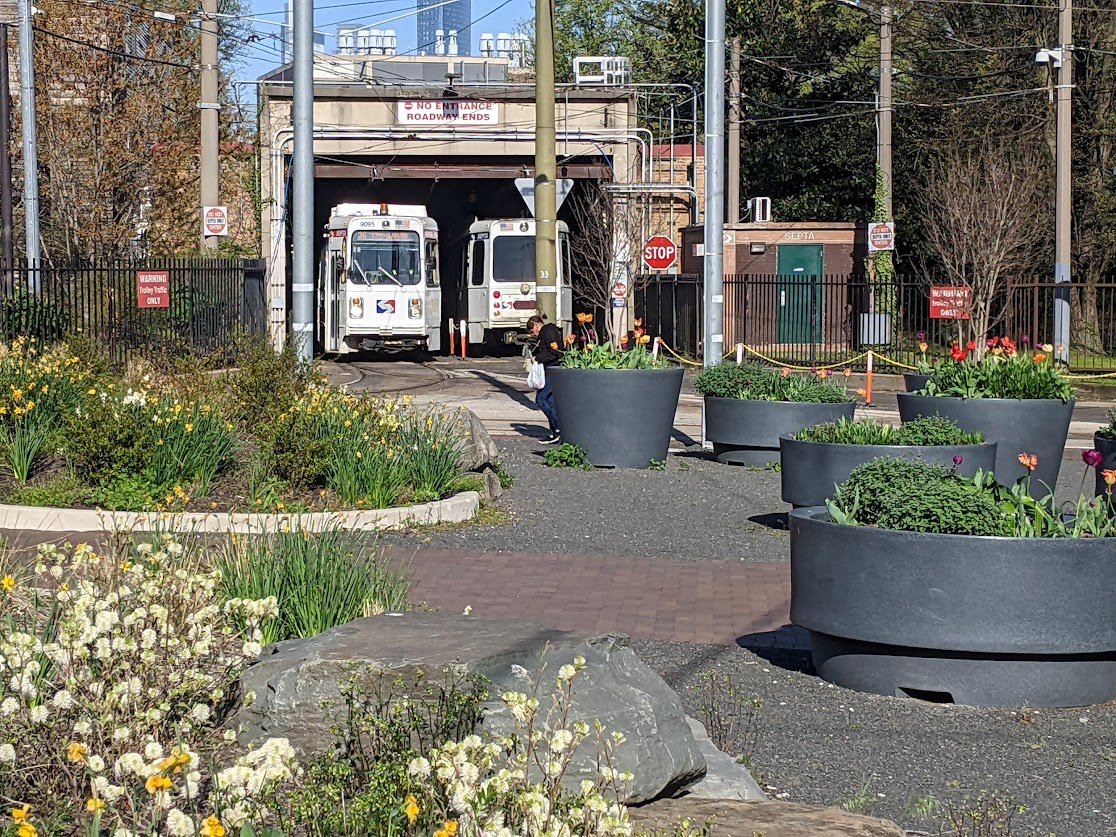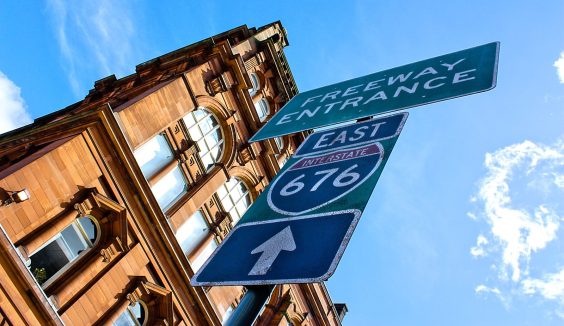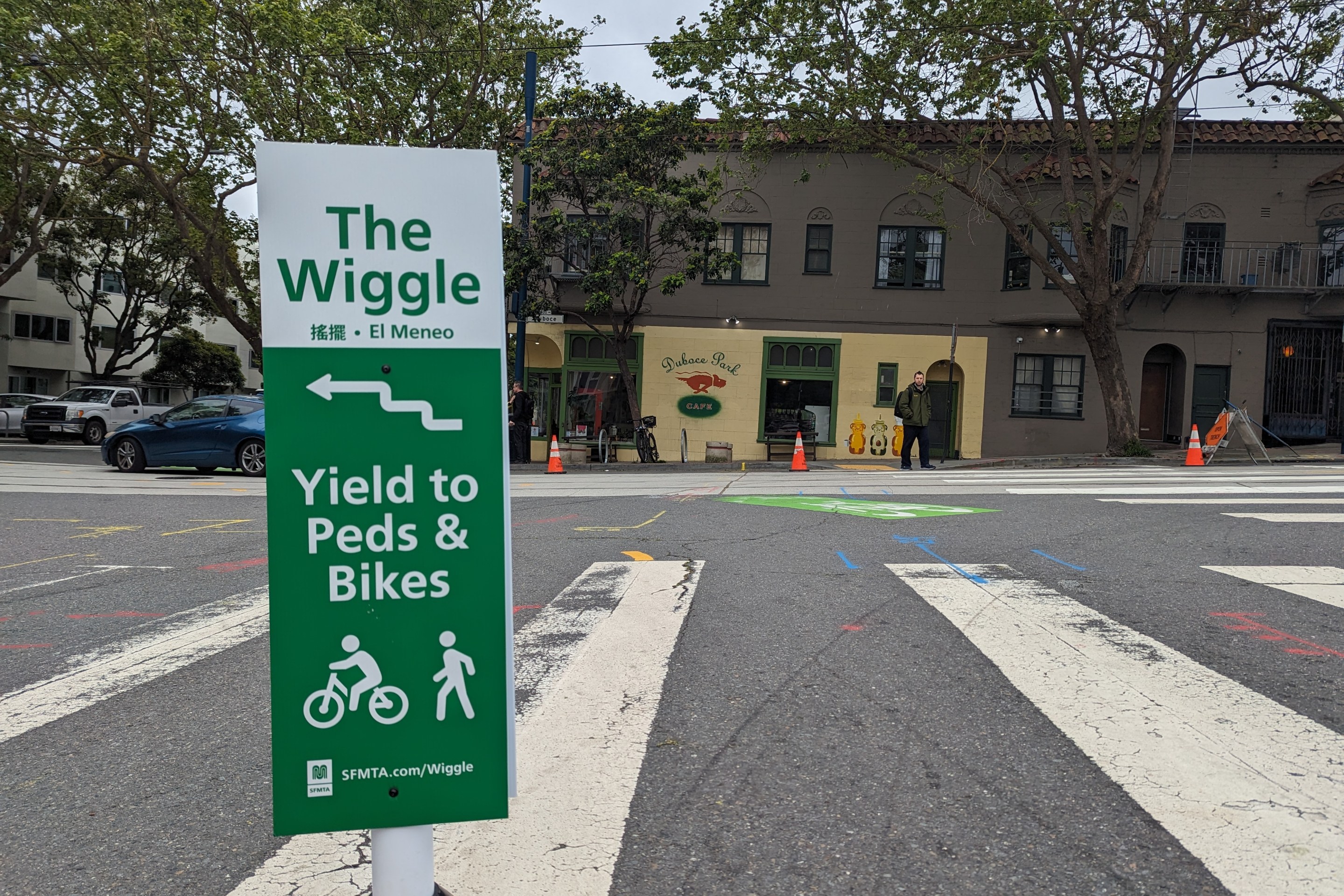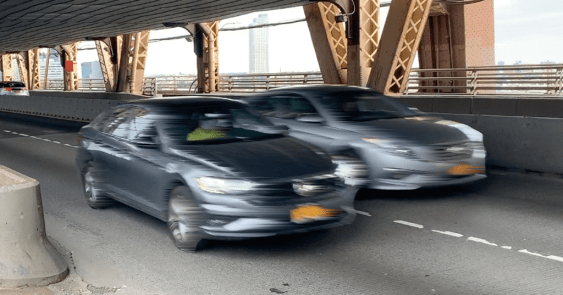View Larger Map
How dangerous is it to cross the street outside your door? A new interactive, corner-by-corner map created by the SF Department of Public Health shows the location of all pedestrian injuries and deaths from 2005 to 2010, highlighting the corridors that see the bulk of the city's crashes.
By providing better access to data, SFDPH hopes the map will help city agencies understand where to target physical street safety improvements and traffic enforcement to reduce injuries, said Rajiv Bhatia, SFDPH's director of occupational and environmental health.
"The interactive site simply allows users to get the data they need directly," said Bhatia. "We've also made the underlying data available to anyone in the public sphere who wants to do further analysis or use the data for another application. User-friendly government data should help to get people talking about important problems like pedestrian safety and hopefully will contribute to more informed solutions."
The map is based on data from the California Highway Patrol's Statewide Integrated Traffic Reporting System (SWITRS). It compiles information on each pedestrian injury over the five-year period, including markers that differentiate between crashes in which the victim suffered minor injuries, severe injuries, or was killed.
The map should help in the implementation of the Pedestrian Action Plan, which was expected to be finalized by the end of this summer but has been delayed for unspecified reasons. The plan is intended as a blueprint for the city to meet the targets set in former Mayor Gavin Newsom’s Executive Directive on Pedestrian Safety — a 25 percent reduction in injuries by 2016, and 50 percent by 2020.
"This map shows the city exactly where to focus to save lives," said Walk SF Executive Director Elizabeth Stampe. "San Francisco needs a Pedestrian Action Plan to fix the most dangerous 50 miles of streets and meet the city goal of cutting pedestrian injuries in half in 10 years. This map also shows where exactly the police need to focus enforcement to prevent the behaviors that cause the worst injuries: failing to yield to pedestrians, speeding, and running red lights. That's what will prevent tragedies."
"The good news is we don't have to fix all of the streets," added Stampe. "Over half of all the worst crashes occur on just 5 percent of city streets. We can do this. But we need a real commitment by the city to make it happen."




